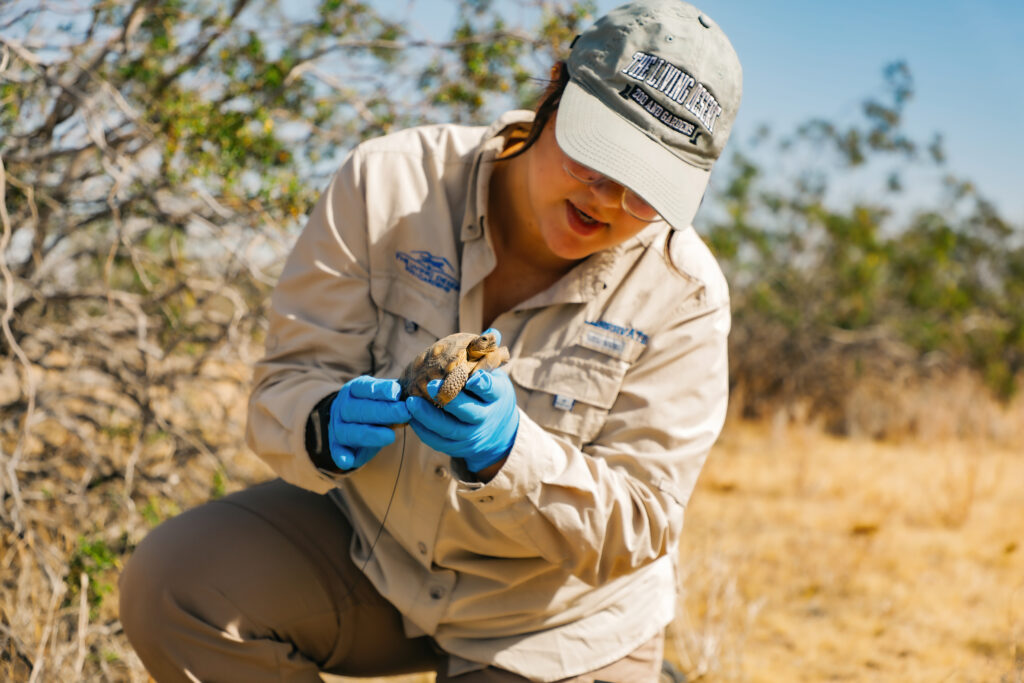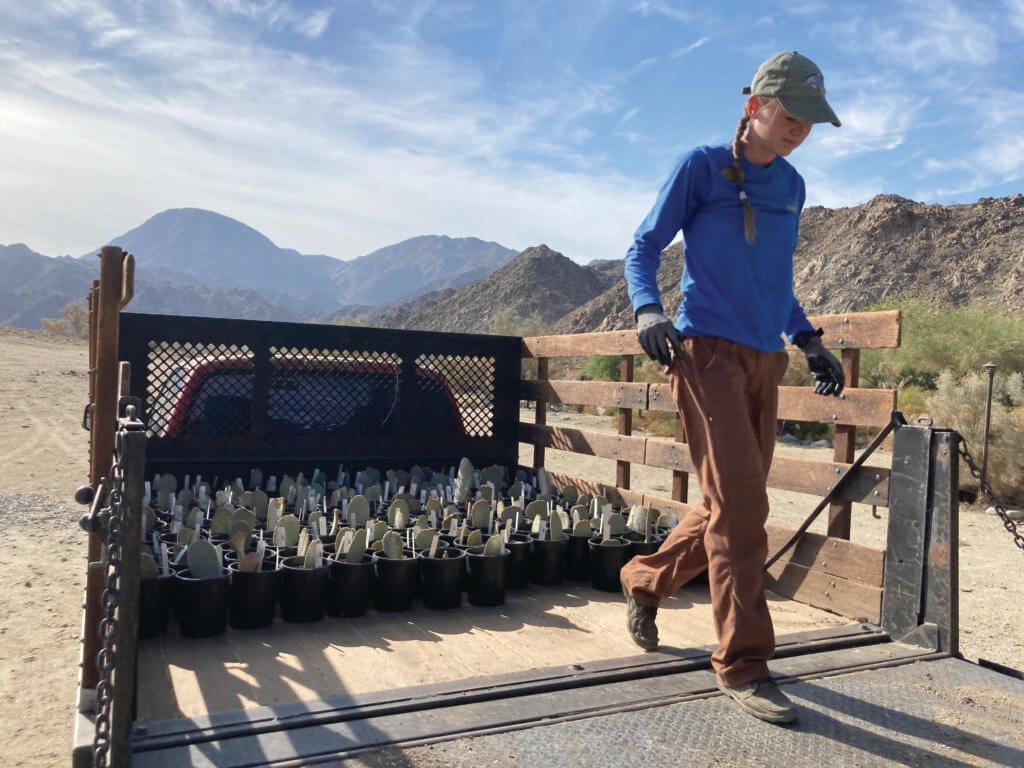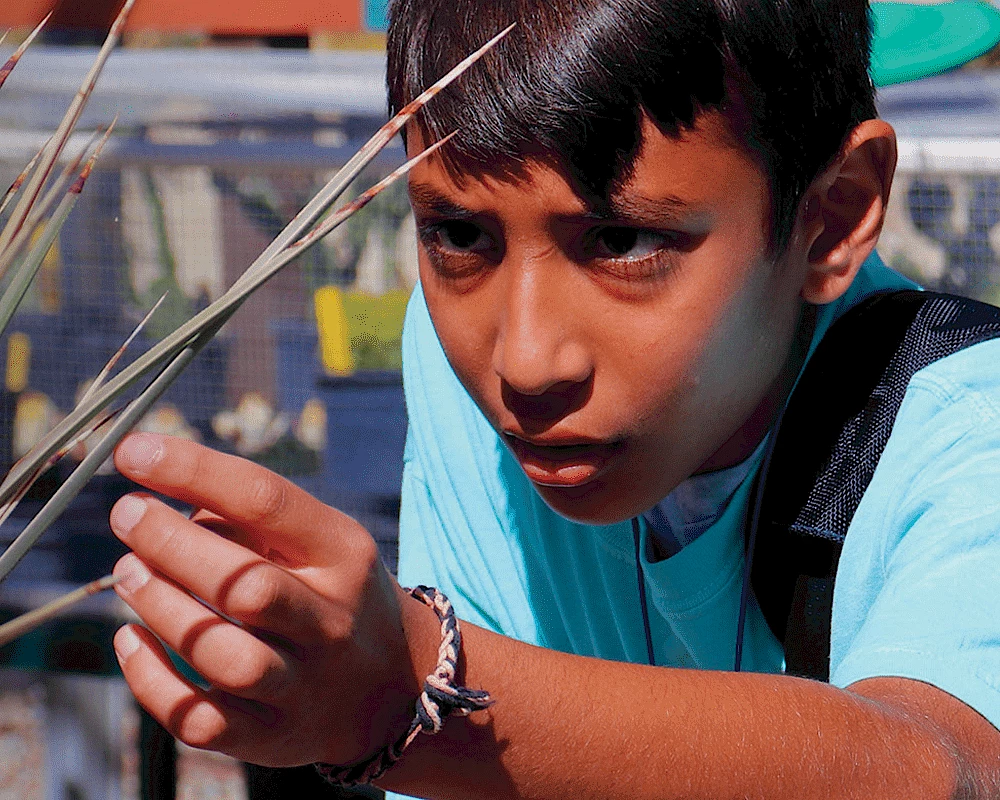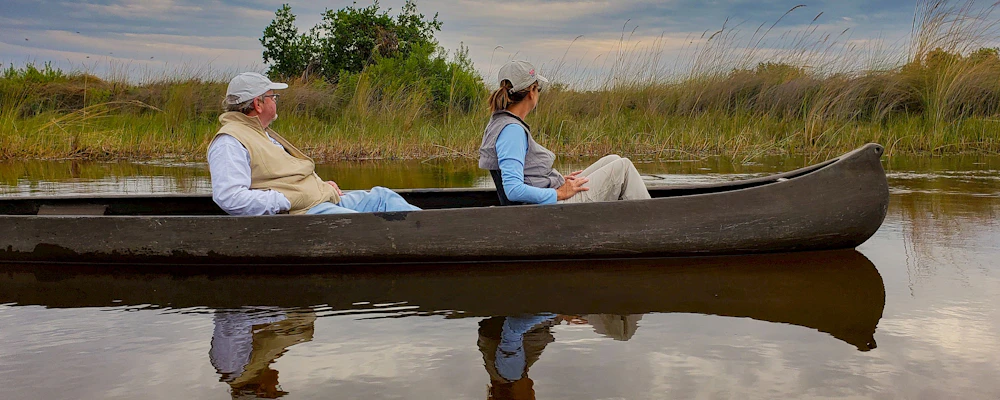
Habitat Restoration Near the Orocopia Mountains
The desert tortoise (Gopherus agassizii) is not only California’s state reptile but also a species that can have a cascade effect across their desert ecosystems. From burrowing owls to snakes and mammals, dozens of species benefit from the dens that tortoises create for shelter. However, California deserts have suffered from great disturbances due to human activity, invasive species, and climate change. To combat these negative impacts, The Living Desert has been involved in several components of tortoise conservation for several years, including the restoration of tortoise habitat near the Orocopia Mountains in Southern California.
To allow for both short-term and long-term restoration success, The Living Desert is approaching this challenge from different angles. First, the team plants essential plants that provide food for the desert tortoise during extended dry periods. For example, beavertail cactus provides nutrition and scarce water to thirsty tortoises. Second, the team enhances the native species’ seed bank by collecting seeds from plants within the seed transfer zone. These seeds are then grown at the Zoo’s Desert Plant Conservation Center to produce and then harvest even more seeds which will eventually be scattered back into the field sites. Because the plants are grown in ideal conditions, they are more likely to produce a higher number of quality seeds, and because seeds are sourced from plants in the area of focus, they’ll be adapted to that habitat’s conditions. By increasing the number of native seeds available to take advantage of scarce rains, it ensures these species are available for tortoises to forage.

Climate change has increased the frequency and severity of drought — making it essential that the benefits of each rainfall is maximized. The Living Desert’s third approach to help improve desert tortoise habitat is to introduce small changes in the natural drainage throughout the landscape, such as rock structures to promote water retention and percolation. When it does rain, the goal is to both slow the water down and promote its penetration into the soil. Consequently, this will help all the species in the ecosystem. Plants will quickly respond to more water and soon thereafter, small mammals, birds, insects, and the precious tortoises will have a better chance of survival, improving the overall health of the ecosystem in the long-term.
It is incredible to think that some of the biodiversity in these desert ecosystems falls on the shoulders of the humble desert tortoise.
Dr. Luis Ramirez, Curator of Conservation
Your support fuels vital habitat restoration efforts near the Orocopia Mountains, directly benefiting the desert tortoise and countless other species that rely on a healthy desert ecosystem. Donate now to make a difference.

